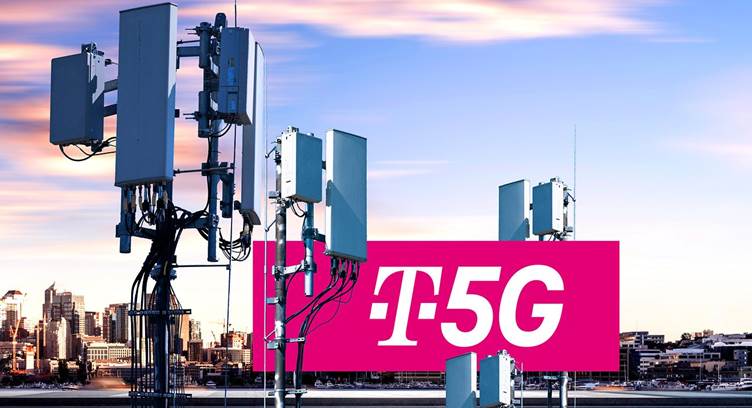Deutsche Telekom is accelerating its 5G rollout: More than 5,000 antennas are now part of Telekom's high-speed 5G network.
Around 350 new sites have been added in recent weeks. In total, almost 1,700 sites make up the very fast 5G network. The antennas transmit at the 3.6 gigahertz (GHz) frequency. The network can provide up to one gigabit per second for download speeds.
In the ultra-fast 3.6 gigahertz band, 5G is now available in more than 200 urban centers and cities. New additions to the list are locations from all over Germany. These include Dülmen (North Rhine-Westphalia), Soltau (Lower Saxony), Annaberg-Buchholz (Saxony) and Freising (Bavaria). The technical teams are also expanding and improving the 5G network in larger cities. These include Cologne, Düsseldorf and Berlin, for example. As of now, the new 5G sites also support the latest 5G standalone technology. This already applies to all antennas transmitting in the 3.6 gigahertz band.
5G Standalone does not require LTE technology in its core network. This technology is the next stage of 5G. It enables a minimum response time of less than 10 milliseconds and so-called network slicing.
Telekom also performs well in test reports. In Stiftung Wartentest's mobile network test, Deutsche Telekom maintained its top position and won. The network impressed with high availability. The same applies to the download speed and the low response times. Deutsche Telekom achieves its top results in urban and rural areas. In Germany, 90 percent of people can now surf with 5G.
Telekom uses the 3.6 GHz frequency for 5G exclusively. The 5G frequency mix also includes the longer-wavelength frequency of 2.1 GHz. More than 64,000 5G antennas are operating in the Deutsche Telekom network. At 2.1 GHz sites, Telekom uses what is called 'Dynamic Spectrum Sharing.' This technology intelligently divides the available frequency spectrum between 4G and 5G users. This results in more capacity for 4G connections as well.




















